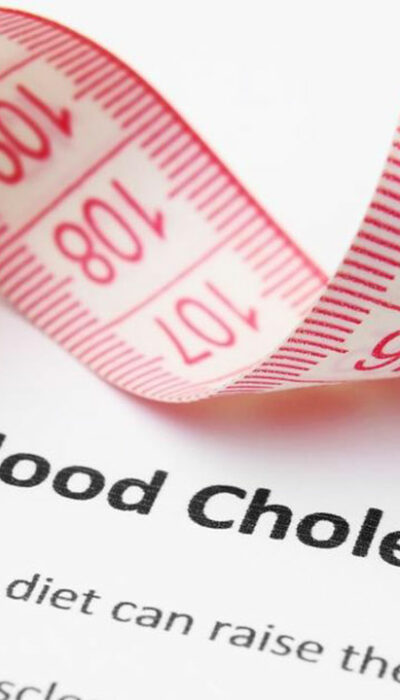
Foods and drinks to consume for a healthy liver
A crucial organ of our body, the liver performs some central functions to keep the body healthy. It filters the blood that comes from the digestive tract and sends it out to the rest of the body. It breaks down carbohydrates to form glucose and also bile. The function of the bile formed is to assimilate food and nutrient absorption. This organ is crucial to the human body and should be taken care of with utmost care. As a result, it is pertinent to consume foods and drinks that are good for the liver. Food and drinks that are good for the liver Dysfunction of the liver can lead to many complications, causing severe medical conditions. Thus, one should be careful of what they consume and make an effort to include healthy foods into their diet. Some of the foods that they should consume regularly include: Oats Oats are rich in fiber, which helps in the process of digestion immensely. Including oats in your diet regularly will have good effects on your liver. Beans Beans, another food item that is rich in fiber, helps maintain a healthy liver. It is also a great source of protein. Grapes Among fruits, grapes are ideal for a healthy liver. This fruit contains a good amount of antioxidants which results in the reduction of inflammation of the liver, preventing it from damage. Fish oil supplements In addition to fish oil supplements, one should also consume fish regularly as it is a good source of protein and other nutrients. Additionally, fish oil supplements help with one’s overall health as well. Yogurt Probiotics, a gut-friendly bacteria, is abundant in yogurt. This helps keep the liver healthy. Fish As mentioned earlier, fish constitutes omega-3 fatty acids which aid to reduce inflammation. They assist in the maintenance of enzyme levels in the liver.










